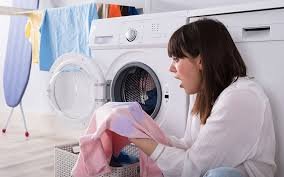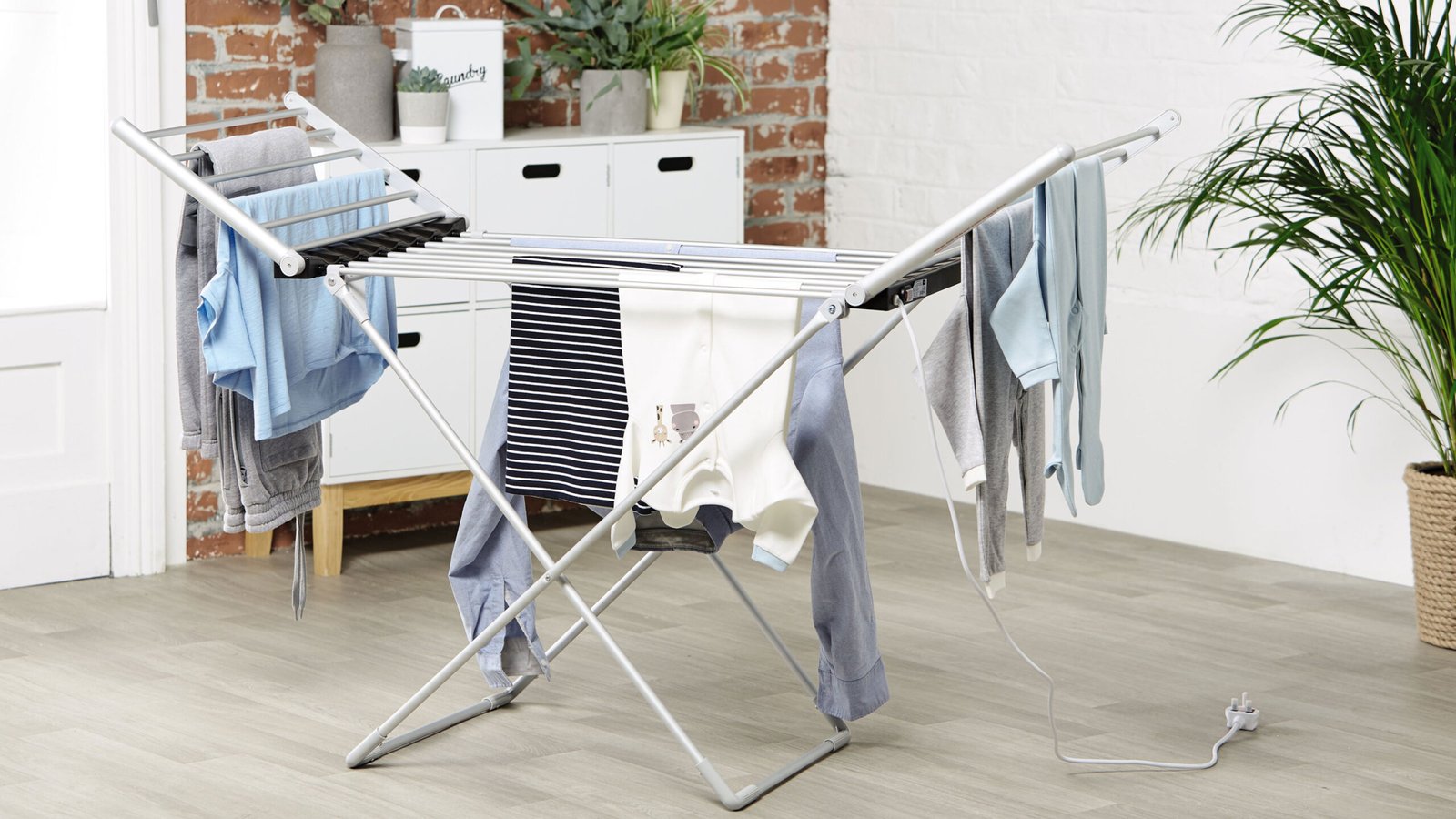Doing laundry may seem like a simple task, but many people unknowingly make mistakes that can ruin their clothes, waste energy, or damage their washing machine. Whether you’re a laundry novice or a seasoned pro, avoiding these common mistakes will help keep your clothes looking fresh and new while saving time and money in the process.
Here’s a guide to the top five mistakes you should avoid when doing laundry, along with tips on how to do it right.
Overloading the Washing Machine
One of the most common mistakes people make is overloading the washing machine. It’s easy to think that the more clothes you can fit in the drum, the better, but overloading can cause several problems.
When you stuff too many clothes into the machine, it doesn’t have enough room to move the items around properly. This can lead to uneven washing, where some clothes may come out dirty while others are left soaking wet. It can also cause the washer to become unbalanced, which may result in a noisy, shaky machine and even damage the drum over time.
Tip: Always check your washer’s user manual for recommended load sizes, and give your clothes enough space to move freely. If you’re washing bulky items like towels or blankets, consider washing them in smaller loads.
Not Sorting Clothes Properly
Many people skip the step of sorting their laundry before washing it, which can cause color bleeding and fabric damage. Different fabrics require different washing settings, and ignoring this can result in ruined clothes. For example, washing delicate fabrics like silk or lace with heavy fabrics like denim can cause the more fragile items to snag or tear.
Also, not sorting clothes by color can lead to lighter clothes becoming stained by dark colors. Red clothing, for example, is notorious for bleeding and can turn a white shirt pink if not washed separately.
Tip: Always sort your laundry by color (dark, light, and whites) and fabric type (delicates, towels, heavy fabrics). This will help prevent accidents and ensure that your clothes get the best care.
Using Too Much Detergent
It might seem like more detergent will get your clothes cleaner, but in reality, using too much detergent can cause buildup in both your clothes and the washing machine. Excess detergent can leave residues on your clothes, making them feel stiff or causing irritation to your skin. It can also lead to soap buildup inside your washing machine, affecting its performance and potentially causing long-term damage.
Tip: Stick to the recommended detergent amount listed on the detergent bottle. If you’re washing smaller loads or have a high-efficiency (HE) machine, use less detergent. Also, consider using liquid detergent, as powder detergent can sometimes leave residue behind if not dissolved properly.
Ignoring Care Labels
Each garment comes with a care label that provides valuable information about how to wash, dry, and treat the fabric properly. Ignoring these labels can lead to damaged clothes. For instance, washing a wool sweater on a hot cycle may cause it to shrink, while not using a delicate cycle for lace may result in tearing or stretching.
Ignoring the drying instructions is another common mistake. Some items need to be air-dried, while others can be tumbled dry at low heat. Failure to follow these instructions can lead to shrinkage, fading, or even completely ruined garments.
Tip: Always read the care labels on your clothes before washing. Pay attention to fabric types, water temperature recommendations, and drying instructions. This ensures that your clothes are treated properly, keeping them in good condition for longer.
Using the Wrong Washing Temperature
Another common laundry mistake is washing everything in hot water. While hot water may seem like the best option for cleaning heavily soiled items, it’s not always the most effective or safest choice for your clothes. Hot water can cause color fading, shrinkage, and fabric damage, especially for delicate items like wool, silk, and lace. On the other hand, washing in cold water can help preserve the integrity of fabrics while saving energy.
Tip: Use hot water for heavily soiled items like towels, sheets, or socks. For everyday clothes, stick to cold or warm water, as it’s gentler on the fabric and helps maintain color. Additionally, washing in cold water is more energy-efficient, lowering your utility bills and reducing your carbon footprint.
Final Thoughts
Laundry may seem like a straightforward task, but avoiding these common mistakes will help you extend the life of your clothes, save energy, and reduce unnecessary wear and tear on your washing machine. By properly sorting your laundry, using the right amount of detergent, and paying attention to care labels and washing temperatures, you can ensure that your clothes come out looking fresh, clean, and in great condition.
In the end, doing laundry the right way isn’t just about convenience—it’s about taking better care of your clothes, your home, and the environment.


